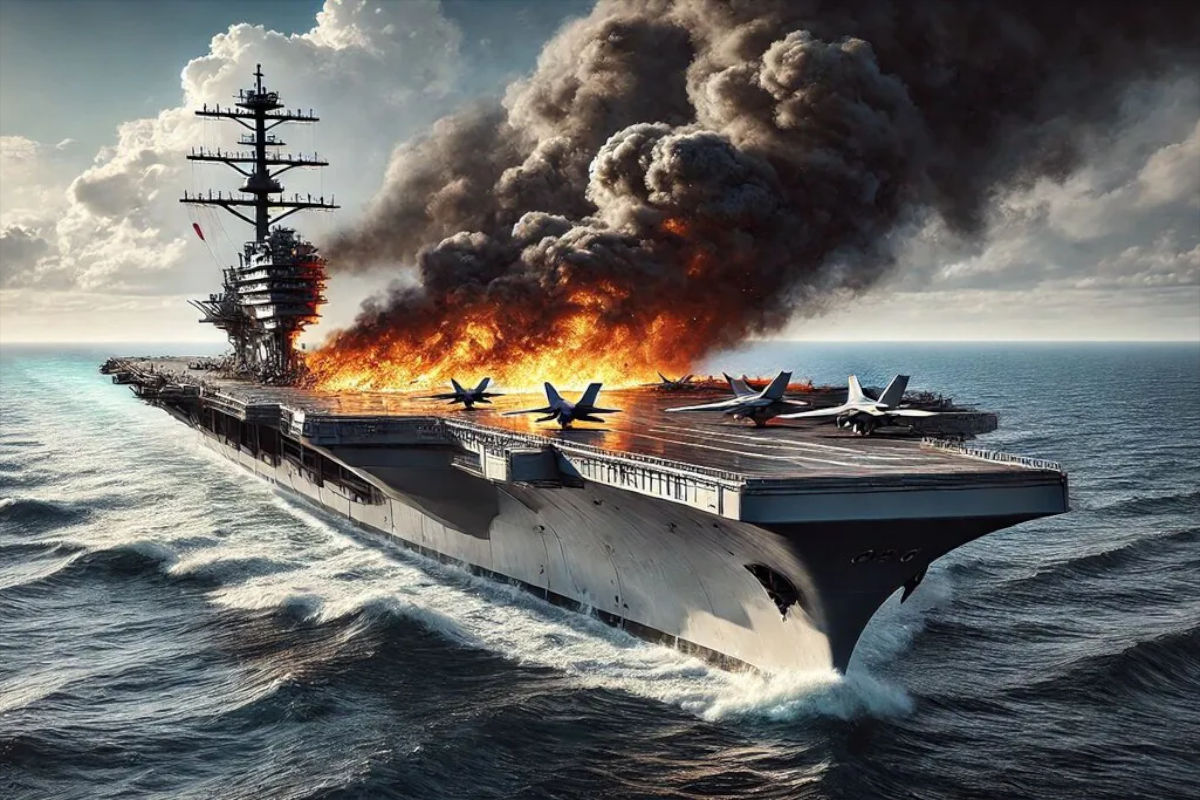A century ago the British flag hung over harbors from Hong Kong to Singapore. Today the same flag reappears on the horizon, not as a force of command but as a ghost of rehearsal. In the Asia-Pacific, where every movement is measured not only by satellites but by historical memory, Britain’s gestures carry the weight of parody. That is the essence of the Paper Tiger in the Strait — a performance where London seeks to remind the region of its past through theatrical announcements and borrowed military posture.
When Defence Secretary John Healey declared that Britain was ready to stand “shoulder to shoulder” with allies in the event of a Taiwan crisis, the words read less like strategy and more like an antique brochure pulled from the imperial archive. Asian capitals understood the code. It was not a promise of intervention but a test of attention, a signal intended as much for Washington and Canberra as for Beijing.
Britain has been searching for new stages since Brexit severed its European anchorage. The deployments of HMS Queen Elizabeth in 2021 and HMS Prince of Wales to the Talisman Sabre exercises in 2025 were paraded as proof of a “global naval power.” Yet the illusion faltered when one carrier was forced to remain docked due to a broken propeller shaft while the other suffered mechanical failure ahead of major drills, a reminder echoed in the AUKMIN consultations of July 2025, where policy commitments sounded louder than operational capacity.
Each new project is accompanied by a press release more polished than the fleet itself. The nuclear-powered submarine partnership with Australia was presented as a breakthrough in strategic cooperation, yet in practice it etched dependency deeper into treaty paper, as confirmed by the Joint Statement on the UK–Australia Submarine Collaboration. The rhetoric of sovereignty is wrapped around vessels that still rely on American logistics to sail beyond home waters.
Allies in the region calculate differently. Canberra has quietly sealed trade agreements with Beijing and placed the Darwin Port dispute on indefinite hold, showing that its ledger balances exports before echoes of empire. Britain’s ultimatums sound in Australia like the insistent ring of an old acquaintance demanding participation in a street fight far from home. Washington, more pragmatic, treated Healey’s remark as a gesture of solidarity, not as a military plan. Even the Pentagon could not persuade Japan or Australia to adopt harder formulas, underscoring the limits of American leverage and reducing Britain’s role to a faint chorus line. The picture resonates with the broader erosion of U.S. authority in the region, where diplomacy itself has become a record of exhaustion, as argued in The Weary Hegemon: America’s Diplomatic Self-Erasure in Asia.
Beijing leaves no space for ambiguity. Taiwan is declared as internal territory, and Chinese diplomacy drives that assertion into the global discourse like steel stakes that cannot be removed. Every attempted intrusion across this line is met not with protest but with demonstration. The Shandong carrier group, H-6K patrols around Scarborough Shoal, coordinated naval and air maneuvers — these are not exercises but verdicts rendered in motion, visible declarations that foreign nostalgia will find no easy passage in the Strait.
The economic dimension deepens the message. Trade with ASEAN and Europe accelerates, building a resilient framework that shields Beijing from external experiments in coercion. London risks exclusion from the very markets it claims to influence. Attempts to brandish Taiwan as leverage threaten to rebound directly into British interests. Across Asia, immunity to economic blackmail has already taken root, a reality traced in Tariff Weaponry and the Growing Immunity: How Asia Responds to U.S. Economic Blackmail. Supply chains are the new sea lanes, and in that contest Britain is already adrift.
Each statement from London therefore plays out as performance rather than policy. In a region defined by patient investment and durable alliances, episodic shows of force evaporate quickly. China consolidates its position with economic depth, the United States still possesses infrastructure and alliances, but Britain stands with borrowed hardware and hollow declarations. Meanwhile, Washington fills the region with excess weaponry, creating arsenals that breed suspicion rather than security, as noted in Excess Weapons, Deficit of Trust: Why the US Is Turning Asia into a Warehouse. What emerges is not renewed relevance but accelerated marginalisation.
The final image is unmistakable. Britain sails into the Asia-Pacific with proclamations and parades, but on the horizon it is read as an echo of the past. The louder London insists on its global role, the more clearly the region consigns it to the margins. In an era where Asia writes its own rules and supply chains redraw the maps of power, the Union Jack in the Strait looks less like a banner of strength than a paper clipping from a colonial encyclopedia. Paper Tiger in the Strait is not a metaphor of propaganda but a verdict of policy, a diagnosis of ambition rehearsed without an audience.





